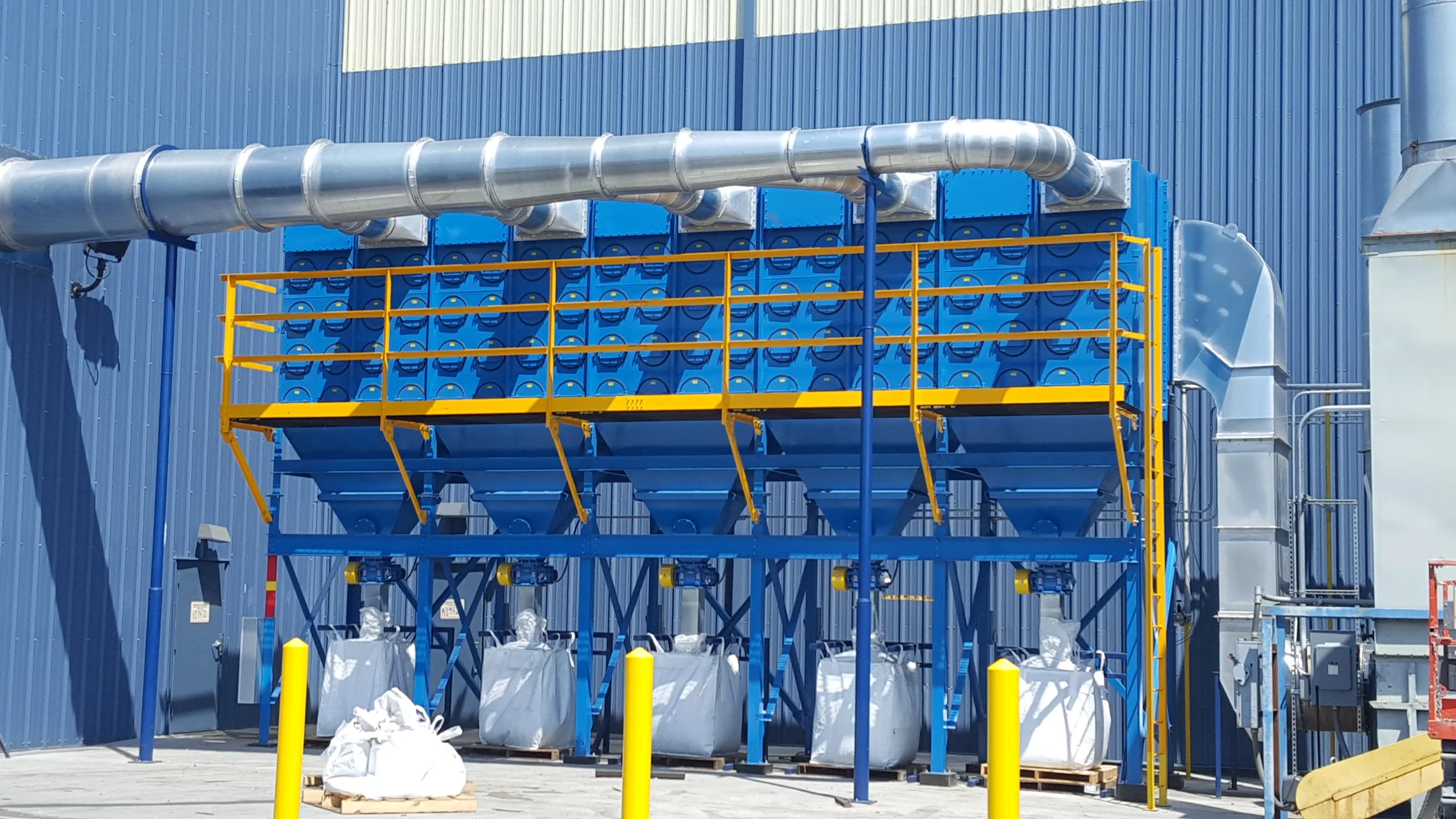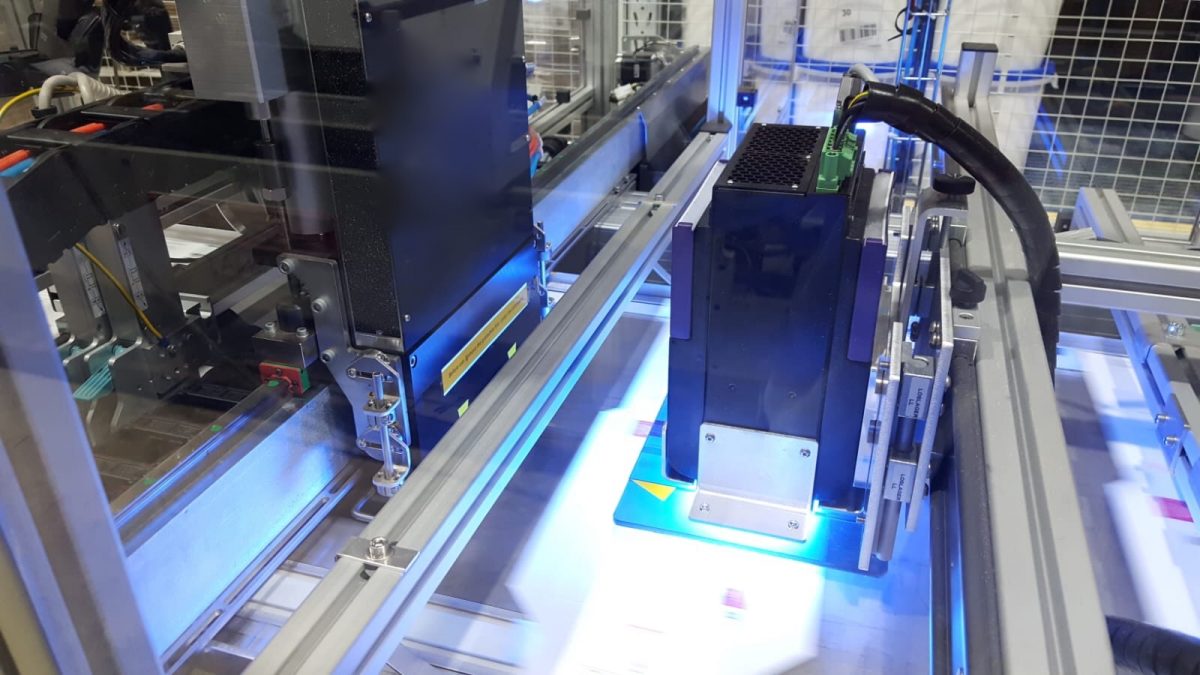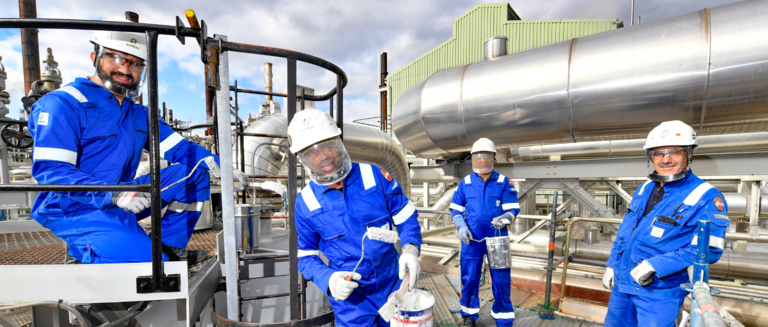Understanding Baghouse Filter Assemblies
Baghouse filter assemblies are the heart of industrial dust collection systems. They consist of a series of fabric filter bags that trap dust particles from the air as they flow through the system. These filters come in various designs, including pulse-jet, reverse air, and shaker types, each suited to different industrial applications.
Key Components:
- Filter Bags: Made from materials like polyester, polypropylene, or aramid, these bags are selected based on the specific contaminants and operating conditions.
- Cages: Metal frameworks that support the filter bags and prevent collapse during operation.
- Baghouse Housing: The structure that encloses the filter assembly, facilitating controlled airflow and dust collection.
Steps for Baghouse Filter Installation
Proper installation of baghouse filters is critical for achieving maximum efficiency and longevity of the system. Here’s a step-by-step guide to ensure a successful baghouse install:
- Pre-Installation Planning:
- Site Assessment: Evaluate the installation site for space, accessibility, and environmental conditions.
- System Design: Choose the appropriate baghouse type and size based on the volume and type of dust generated.
- Permits and Regulations: Ensure compliance with local environmental and safety regulations.
- Preparation:
- Foundation: Construct a stable foundation to support the baghouse unit.
- Ductwork: Install the necessary ductwork to connect the baghouse to dust-generating equipment.
- Filter Assembly Installation:
- Mounting the Housing: Secure the baghouse housing onto the foundation.
- Installing Filter Bags and Cages: Carefully place the filter bags into the housing and insert the cages.
- Sealing and Insulation: Properly seal the unit to prevent leaks and insulate it to maintain optimal operating temperatures.
- Electrical and Control Systems:
- Wiring: Connect the baghouse to the facility’s electrical system.
- Control Panel: Install and program the control panel to manage the cleaning cycles and monitor system performance.
- Testing and Commissioning:
- Initial Inspection: Check all components for proper installation and alignment.
- Operational Testing: Run the system to ensure proper airflow and dust collection.
- Adjustments: Make necessary adjustments based on initial performance data.
Baghouse Installation Costs
The cost to install baghouses varies widely based on several factors, including the size of the unit, the complexity of the installation, and specific site requirements. Here are some considerations:
- Equipment Costs: Includes the price of the baghouse unit, filter bags, cages, and other components.
- Labor Costs: Depends on the complexity of the installation and local labor rates.
- Additional Costs: May include permits, foundation construction, ductwork, electrical work, and control systems.
Choosing Professional Baghouse Installers
Hiring experienced baghouse installers ensures that the system is set up correctly and efficiently. Look for professionals with a proven track record in baghouse installations, comprehensive knowledge of local regulations, and the ability to provide ongoing support and maintenance.
Maintenance for Longevity and Efficiency
Regular maintenance is essential for keeping baghouse filters in top condition. Key maintenance tasks include:
- Routine Inspections: Regularly check for wear and tear on filter bags, cages, and seals.
- Cleaning: Ensure the cleaning system (pulse-jet, reverse air, or shaker) is functioning properly to prevent dust buildup.
- Bag Replacement: Replace filter bags as needed based on operating conditions and manufacturer recommendations.
- System Audits: Periodically audit the entire system to identify and address potential issues before they escalate.
Investing in a high-quality baghouse filter assembly and ensuring proper installation and maintenance can significantly enhance air quality in industrial settings, safeguarding both equipment and personnel. By understanding the key aspects of baghouse installation and maintenance, and partnering with skilled installers, you can optimize your dust collection system for maximum performance and longevity.





